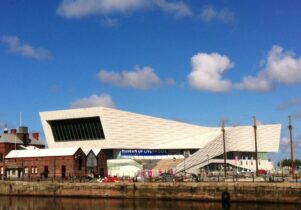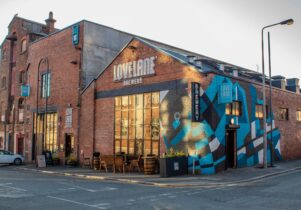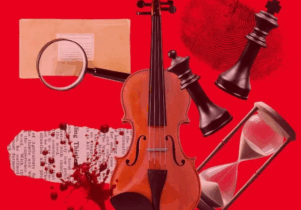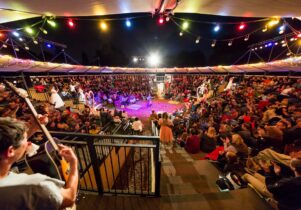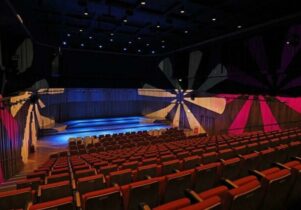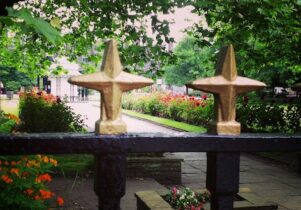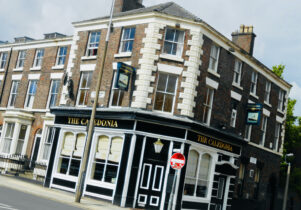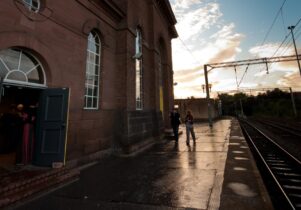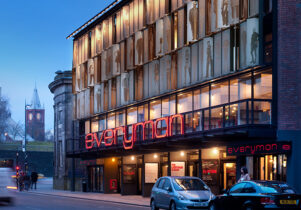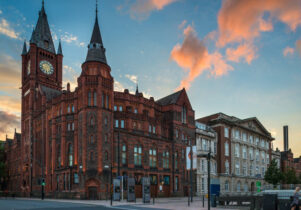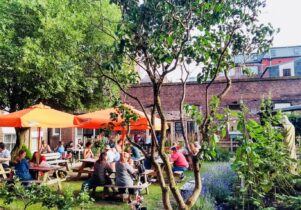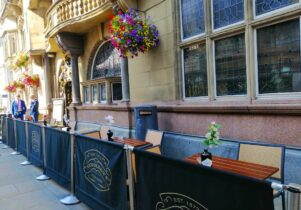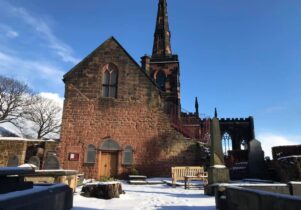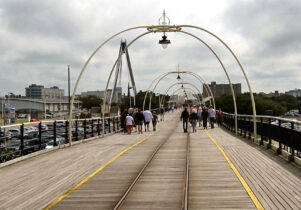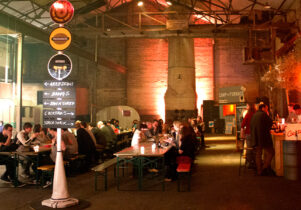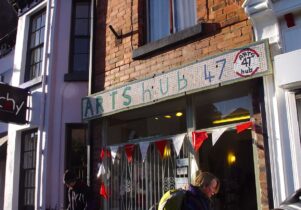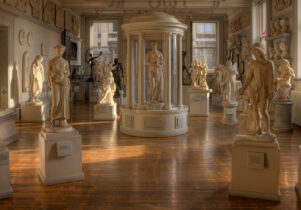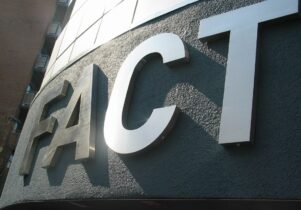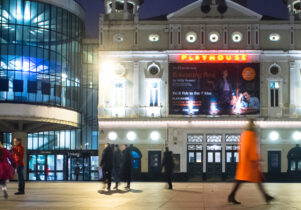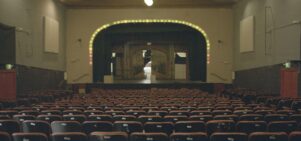Williamson Tunnels Heritage Centre
Mike PinningtonVisit now
Williamson Tunnels Heritage Centre
- Tuesday10:00am - 5:00pm
- Wednesday10:00am - 5:00pm
- Thursday10:00am - 5:00pm
- Friday10:00am - 5:00pm
- Saturday10:00am - 5:00pm
- Sunday10:00am - 5:00pm
Always double check opening hours with the venue before making a special visit.
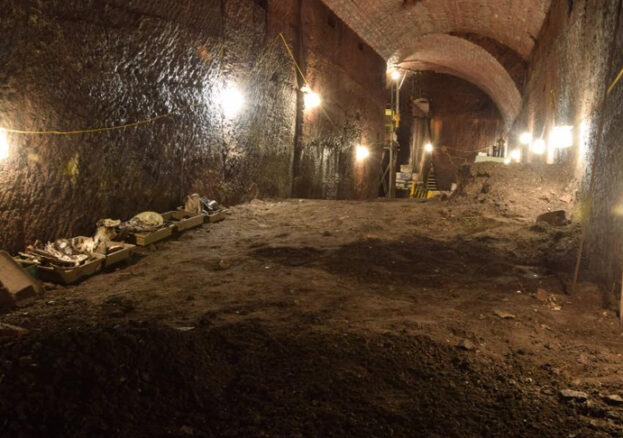
A mysterious, underground network of tunnels lies beneath Liverpool – and is one of its more atmospheric gig venues. A heritage centre by day (check the website for opening times as these can change) and a music venue at night, there is to Williamson Tunnels than you may initially expect.
Speaking to a university student recently (having moved here from their home of Brighton), they remarked how one of the things that had pleasantly surprised them on arriving in Liverpool was the higgledy-piggledy nature of its architecture. It’s true: grand new developments sit side by side buildings inextricably linked with the city’s old maritime heritage, making for a joyous, if often eccentric, mash-up. Eccentricity is to be encouraged and celebrated, of course, which is just as well when it comes to the more “interesting” spaces dotted around.
Shorn of their original, industrial purpose, the city’s often recently derelict buildings find themselves gobbled up by a cultural sector hungry for the next empty space, and their old floors are trodden once more, only now by gig-goers. Liverpool has them in spades, but there may be none more unusual than the Williamson Tunnels in the (largely residential) Edge Hill area of the city; there can be little more extraordinary than a mysterious, underground labyrinth, after all.
Built between the early and mid-19th century on the instruction of wealthy tobacco merchant, Joseph Williams, the purpose of the tunnels – and this is where it gets that bit more fascinating – remains unclear to this day. Williamson himself was secretive about his motives, and while many believe his reasons were of a charitable nature – giving unemployed men a job to do – his secrecy around the project has led to rumours about the philanthropist’s supposed membership of an extremist religious cult, the tunnels being designed to provide refuge for him and his friends when the end of the world came. Cool (if more than a little creepy), no?
Wherever the truth lies, when the tunnels were excavated at the end of the last century (eventually reopening to the public in 2002), it swiftly became apparent that Liverpool had been gifted back a real slice of previously lost heritage. Stepping through the purpose-built façade, all glass and exposed sandstone walls, is like stepping back through time. With intrusive modern day features kept to the bare minimum, it’s a stunning sight.
And as it is owned and operated by registered charity the Joseph Williamson Society, which relies on visitor income and donations, it’s no surprise that the tunnels now play host to all manner of events in order to swell the coffers.To say the place has character is an understatement of rather large proportions. Plus there’s something pleasingly sacrilegious about the addition of a bar, especially in light of those extremist cult rumours.
